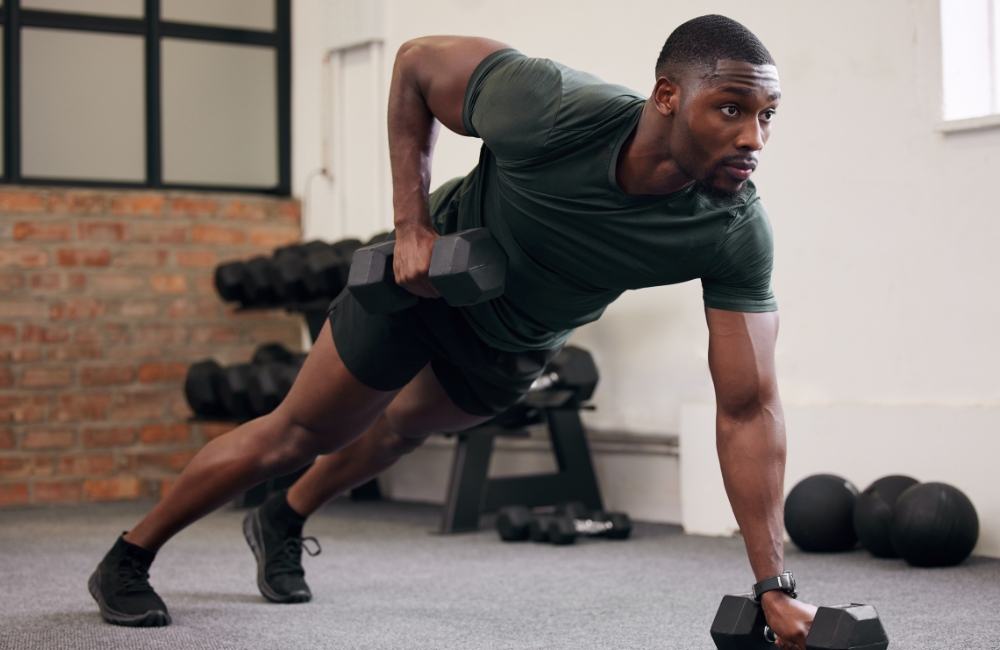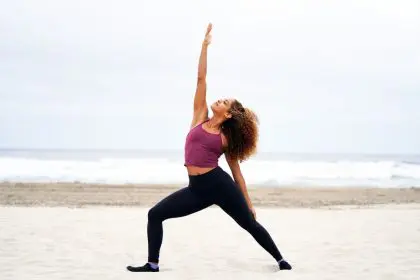The landscape of fitness has dramatically shifted toward home-based workouts, with back strength training emerging as a crucial focus for health-conscious individuals. The transformation of living spaces into functional fitness areas has revolutionized how people approach their back-strengthening routines, particularly for those managing desk-bound lifestyles.
Understanding back strength significance
Modern lifestyles, characterized by prolonged sitting and digital device usage, have intensified the importance of maintaining robust back muscles. Research indicates that targeted back exercises can significantly reduce the risk of chronic pain, improve posture, and enhance overall physical performance. The intricate network of muscles supporting the spine requires consistent attention through specifically designed movements.
Essential equipment requirements
The beauty of this comprehensive back-strengthening program lies in its minimalist approach to equipment needs. The foundation of these exercises requires only two pairs of dumbbells:
- Light-weight dumbbells (2-5 pounds) for precision movements
- Medium-weight dumbbells (8-15 pounds) for strength-building exercises
Program structure and methodology
This scientifically-designed program operates on a three-tier system:
- Frequency: 3-4 sessions weekly
- Circuit format: Complete all exercises sequentially
- Rest periods: 1-2 minutes between circuits
- Total circuits: 3 complete rounds
Core exercise sequence
1. T Raises for Upper Back Development This foundational movement targets the trapezius and rhomboids. The exercise begins from a hip-hinged position, maintaining proper spinal alignment throughout the movement. The controlled elevation of light weights to shoulder height activates the entire upper back complex while maintaining shoulder stability.
2. Single-Arm Dumbbell Rows This unilateral exercise develops back thickness and strength. The movement pattern enables optimal muscle fiber recruitment through a full range of motion, emphasizing the latissimus dorsi and middle trapezius engagement.
3. Delt Raise Progression This movement combines shoulder stability with back strength development. The exercise emphasizes controlled movement patterns while maintaining optimal spinal positioning, creating a comprehensive upper body strengthening effect.
4. Plank with Lateral Arm Raise This dynamic stability exercise integrates core strength with back muscle development. The movement challenges the entire posterior chain while maintaining optimal shoulder positioning throughout the range of motion.
5. Push-Up Hold Variations This isometric exercise develops time-under-tension strength in the entire upper body. The strategic pause points maximize muscle fiber recruitment while developing stabilizer muscle strength.
6. Back and Booty Blasters This compound movement targets the entire posterior chain, from the cervical spine through the lumbar region and into the gluteal complex. The exercise emphasizes the mind-muscle connection while developing functional strength.
7. Twister Progressions This dynamic movement combines mobility with strength development. The exercise pattern enhances spinal rotation capabilities while maintaining core stability throughout the movement sequence.
8. Pilates Press Integration This exercise concludes the sequence by combining multiple movement patterns into a comprehensive strength-building exercise. The movement emphasizes proper form while developing functional strength through multiple planes of motion.
Advanced programming considerations
The program’s effectiveness relies heavily on proper progression and form maintenance. Each exercise should be performed with deliberate control, focusing on muscle engagement rather than movement speed. As strength develops, weight increases should be implemented gradually to maintain optimal form and prevent injury risk.
Recovery and progression protocols
Proper recovery between sessions ensures optimal adaptation to the training stimulus. The program’s structure allows for adequate recovery while maintaining consistent progression through:
- Strategic rest periods between circuits
- Gradual weight progression
- Form refinement focus
- Movement pattern mastery
Long-term program benefits
Consistent application of this program delivers multiple benefits:
- Enhanced posture improvement
- Increased functional strength
- Improved spinal stability
- Better movement patterns
- Reduced injury risk
- Enhanced athletic performance
The comprehensive nature of these exercises creates a foundation for long-term back health and overall physical development. The program’s accessibility makes it ideal for consistent, long-term implementation in any home environment.














